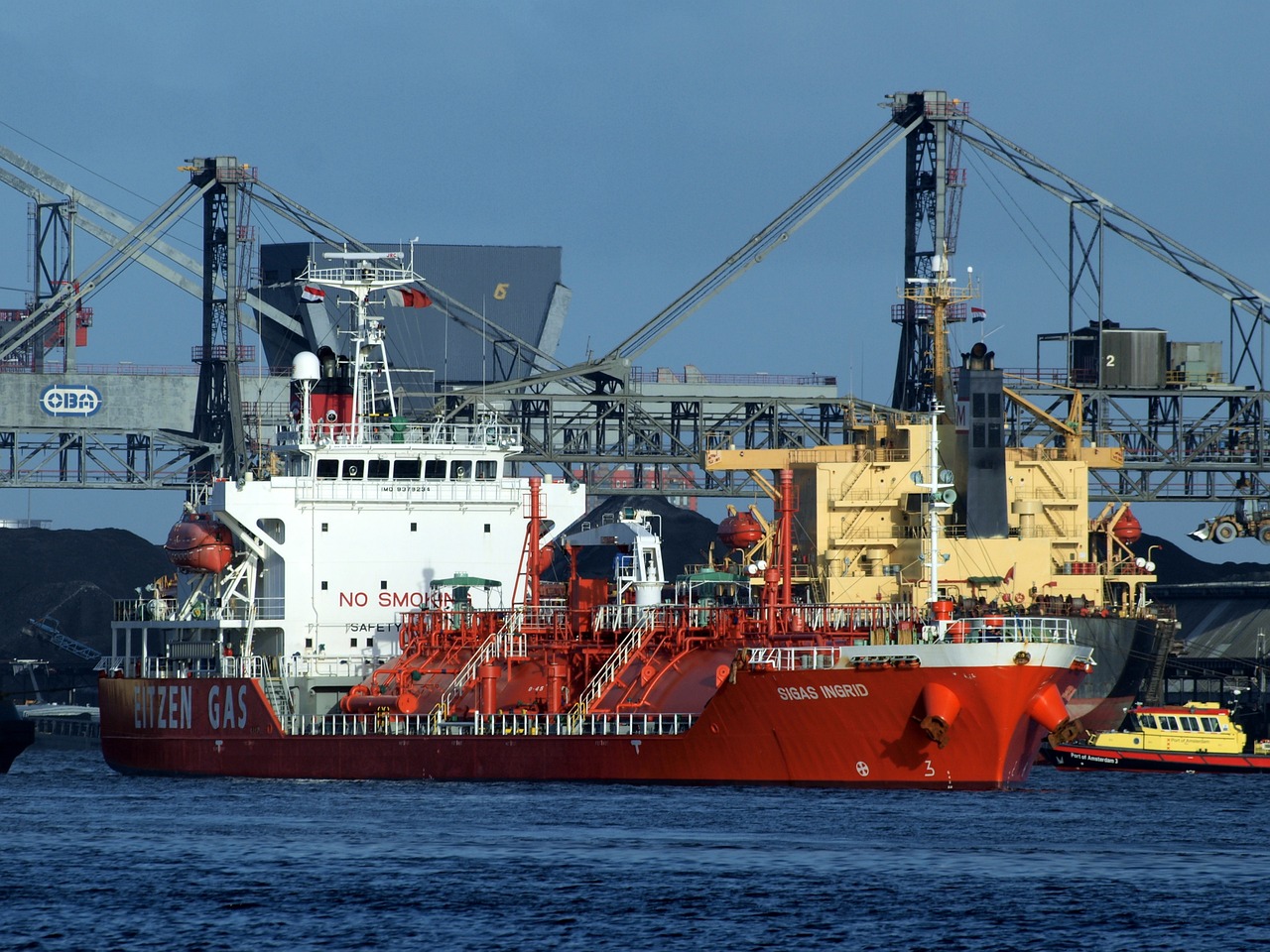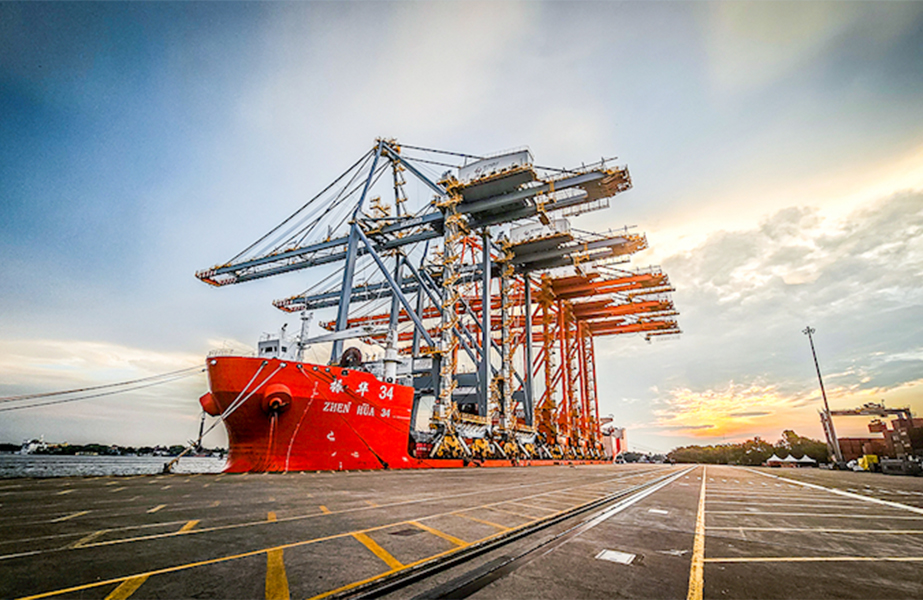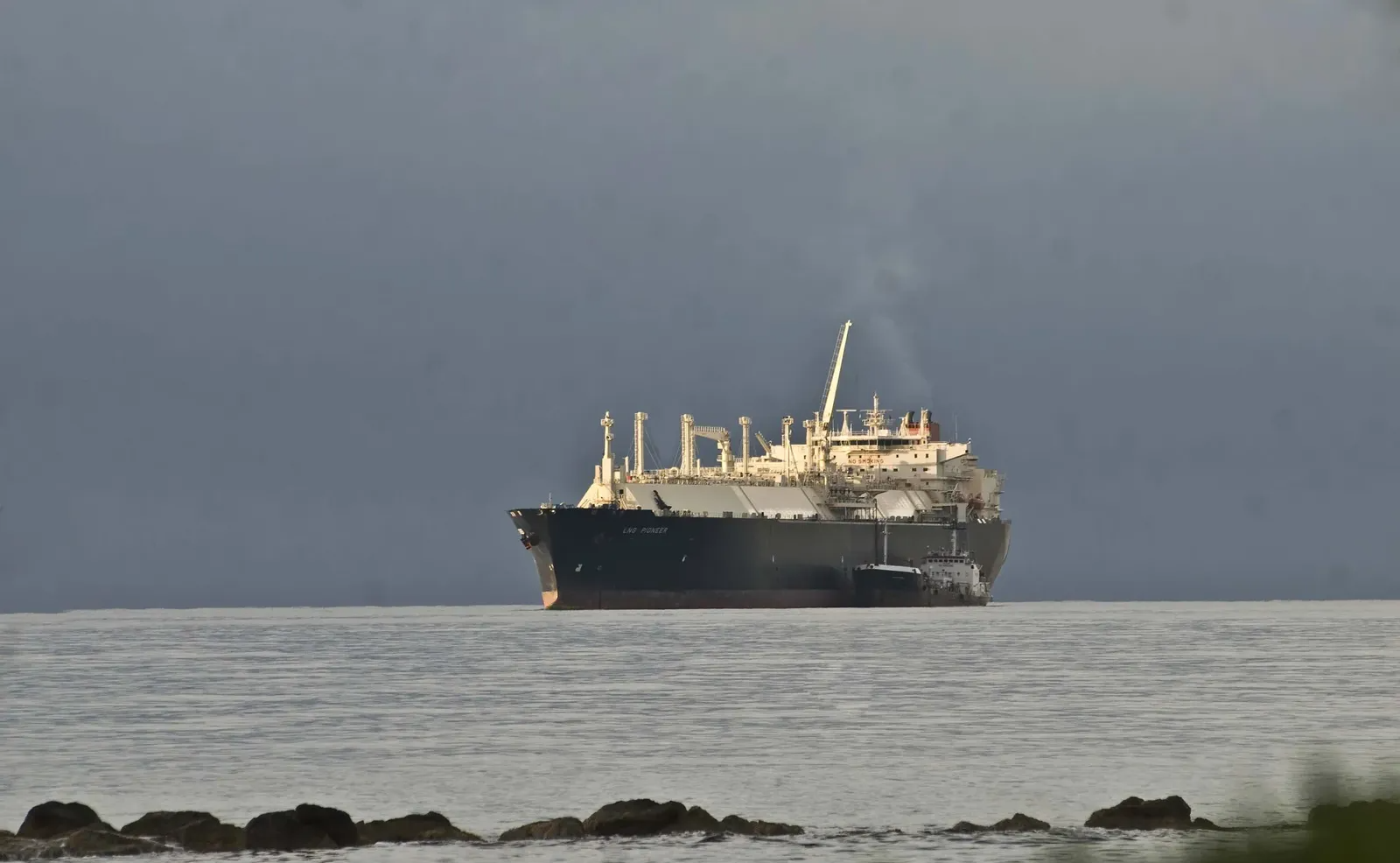Mainstream tanker demand into China has increased, with a notable rise in movements from long-haul areas like West Africa and South America.
The Very Large Crude Oil Carrier (VLCC) freight market gained momentum in the first half of 2025, with earnings higher compared to the same period in 2024. This improvement has been noted amid evolving market dynamics, highlighting the market’s resilience.
Tankers International stated that the impact of tariffs, particularly the threat of US tariffs on China, has been a significant factor. It led to a decrease in VLCC liftings from the US to China, impacting tonne-miles due to the long-haul nature of this route. VLCC volumes out of the US have declined overall. This indicates that American crude oil has been exported on smaller tankers to more localized markets. Moreover, the return of OPEC+ voluntary production cuts played a role in market dynamics.
But the increase has been masked by some countries compensating for prior overproduction. And the increase in supply also coincides with the regional demand peak in the Middle East. Tankers International has not seen a significant change in exports from this supply growth. However, mainstream VLCC fixture counts in the Arabian Gulf have shown an upward trend. The organization believes more barrels will become available for exports in the second half of 2025 as over-producers attempt to catch up with targets and seasonal local demand begins to fade.
Disruptive Market
Tankers International highlighted that sanctioned crude producers – Iran – continue to disrupt the market. “While Iranian exports have been at high levels, the recent escalation of hostilities between Iran and Israel has heightened significant geopolitical risk. Tensions over the Strait of Hormuz, a crucial geopolitical chokepoint, have led to increased insurance premiums and a potential shift in charterer preferences for alternative loading regions.” It added that despite the recent ceasefire for stability, the region remains a source of volatility for oil flows and tanker operations, and renewed tensions could very swiftly alter market dynamics.
Brazil has emerged as a significant growth area for VLCCs. Tankers International stated that increased crude supply, combined with tightening sanctions on dark fleet tankers, and China’s retaliatory tariffs on US crude, have led to a substantial rise in VLCC shipments from Brazil to China. These long-haul voyages are highly supportive of tonne-miles, reinforcing the region’s growing strategic importance in global trade flows.
China – Key Driver
Despite the tariffs, macroeconomic pressure, and slowdown in growth, China remains a key driver for the VLCC segment – its crude imports have taken an upward trend. Tankers International believes that as China’s refinery maintenance season concludes, it could lead to more crude oil entering their refining systems. “Mainstream tanker demand into China has increased, with a notable rise in movements from long-haul areas like West Africa and South America. Early indications also suggest a decline in sanctioned VLCC trades into China, which could further benefit the mainstream market.”
But the overall VLCC fleet size remains inflated because of continued sales of older vessels to the dark fleet, leading to historically low scrapping rates. The orderbook for newbuilds is relatively small, and combined with the ongoing oil demand growth, this will lead to a generally bullish sentiment for VLCC market microeconomics.
However, the VLCC market is set for a strong second half of 2025. Tankers International noted that geopolitical tensions (Iran-Israel conflict) could continue to drive supply chain disruptions. But shifting trade patterns have been redirecting long-haul VLCC routes towards growth regions in South America. And as OPEC+ voluntary production cuts translate into increased actual export volumes, these additional barrels will boost demand for the VLCC segment, setting a positive trajectory for the VLCC market.




